Edward Hopper and the City
Photograph of the buildings where Edward Hopper had his studio in Washington Park, New York City. Image Copyright 2024 by Mitchell Rocheleau
When observing the city, it is fascinating to see people interact with different types of spaces and attempt to decipher how these environments make them feel. Do they feel energized, inspired, and intellectually stimulated or empty, isolated, confused, and misunderstood? The built environment can elicit all these feelings in a person.
After spending significant time acutely observing people in cities, patterns emerge that provide insight into how different types of spaces affect people. I believe that the more time I spend observing, the deeper my understanding becomes.
American artist Edward Hopper spent significant time observing the city and generated a body of work that resonated with the country. He seemed to be drawn to city life, buildings, and infrastructure. Much of his work depicts the relationship between the city, nature, and people.
Hopper's work undoubtedly struck a chord with America. Its popularity and widespread acclaim show that people connected with his work and still do today. Although the visual character of his work was striking, I believe this was only part of why people felt an affinity with his paintings. They revealed his observations of the psychological relationship between humans and civilization.
Hopper illuminated the notion of society's repressed discontent with the built environment, industry, and popular culture's value systems. At a time when entertainment and marketing were portraying and selling the ideal lifestyle of industrial, modern America, Hopper saw through it. His paintings depicted scenes of underwhelmed and disillusioned people who seemingly attempted to subscribe to this life but ultimately discovered a hollowness in its promises.
Much of his work portrays early to mid-century New York City. It shows actual locations in the city, often depicting ordinary structures outside of circles of architectural acclaim and notoriety. Many of these buildings were within his neighborhood near Washington Square in New York City or seen on his walks regularly through the city.
Lime Rock Railroad, Edward Hopper (1926); Image in the Public Domain (Source: commons.wikimedia.org)
Automat, Edward Hopper (1927); Image in the Public Domain (Source: commons.wikimedia.org)
East Wind Over Weehawken, Edward Hopper (1934); Image in the Public Domain (Source: commons.wikimedia.org)
Through his work, I imagine he is trying to give insight into how the industrialized built environment and the values system that it germinated from were incongruent with our deepest human needs and purpose. The environment that was created due to industrialization was a result of our unbalanced obsession with progress, profit, and accumulation for the sake of accumulation. The environments were designed with these goals in mind, with little consideration given to how humans would interact or be affected by space. Instead of designing for the human experience and our fundamental human needs, we disproportionately prioritized profit and industry in our structures.
Typically, in Hopper’s paintings, a figure can be read as expressing a sense of uneasiness, void or isolation through expression or posture. Depictions of nature and industry show railroad tracks, houses over a prairie, a gas station in a hilly landscape, a woman on a train looking out to the sunset, or a man sitting on a stoop with the sun beating down on him.
Morning Sun, Edward Hopper (1952); Image in the Public Domain (Source: commons.wikimedia.org)
One would suppose that the locations in the city he paints should be full of city life, with people engaging and interacting. Instead, they are empty and desolate, as shown by a single figure in a seemingly low-level pervasive state of discontent. Storefronts, restaurants, and homes are depicted as vacant, making us wonder if the space is still being actively used.
The depictions in Hopper's paintings most likely provide clues into his psychological world. His feelings of isolation and incompatibility with the world around him are probably projected into his paintings.
A combination of internal feelings of isolation and discontent, in addition to his observations of people and places within the city, generated a state of mind, which was the germ of his work.
Nighthawks, Edward Hopper (1942); Image in the Public Domain (Source: commons.wikimedia.org)
The Utility of Hopper’s Work Today
Why would an architect want to study and understand Edward Hopper's work? Hopper's work captivated America. The magnitude of its impact tells me that many people resonated with it and thus could relate to the feelings he depicted in the work. For me, this merits further investigation.
People could see themselves inside his paintings and relate to the deep-seated discontent, loneliness, and isolation that the figures in his paintings expressed as they went about their lives in the city.
Hopper teased out cultural feedback on people's emotions as it related to the built environment. If cities and environments did not evoke the feelings of isolation and dissatisfaction shown in his work, then his paintings would not have gained the acceptance that they did. In a way, he conducted a mass poll or cultural study and delivered it to society.
Gas, Edward Hopper (1940); Image in the Public Domain (Source: commons.wikimedia.org)
What we do with this information is now in the hands of architects, landscape architects, urbanists, planners, and designers. Hopper’s work is incredibly insightful when taken as a source of information we can reflect on and adjust.
We can ask ourselves if industrial-driven societies and cities enable human flourishing. What changes or modifications could be made to the built environment to ease this sense of isolation and dissatisfaction? Can our society's value systems be reoriented to alleviate the feelings Hopper shows in his work?
Undoubtedly, isolation and emptiness are part of the human condition, and we will all experience them to some degree. However, I believe that our daily environments can unnecessarily and unconsciously induce these feelings, leaving little room for people to choose.
At a minimum, well-designed environments can allow people to choose between independent activities and social situations according to their psychological disposition and needs. The trouble arises when these options are not even options, and a balance cannot be achieved.
Environments that encourage and offer environments to socialize, connect with nature, and fulfill fundamental human requirements for natural sunlight and fresh air can significantly improve the quality of our inner and outer worlds.
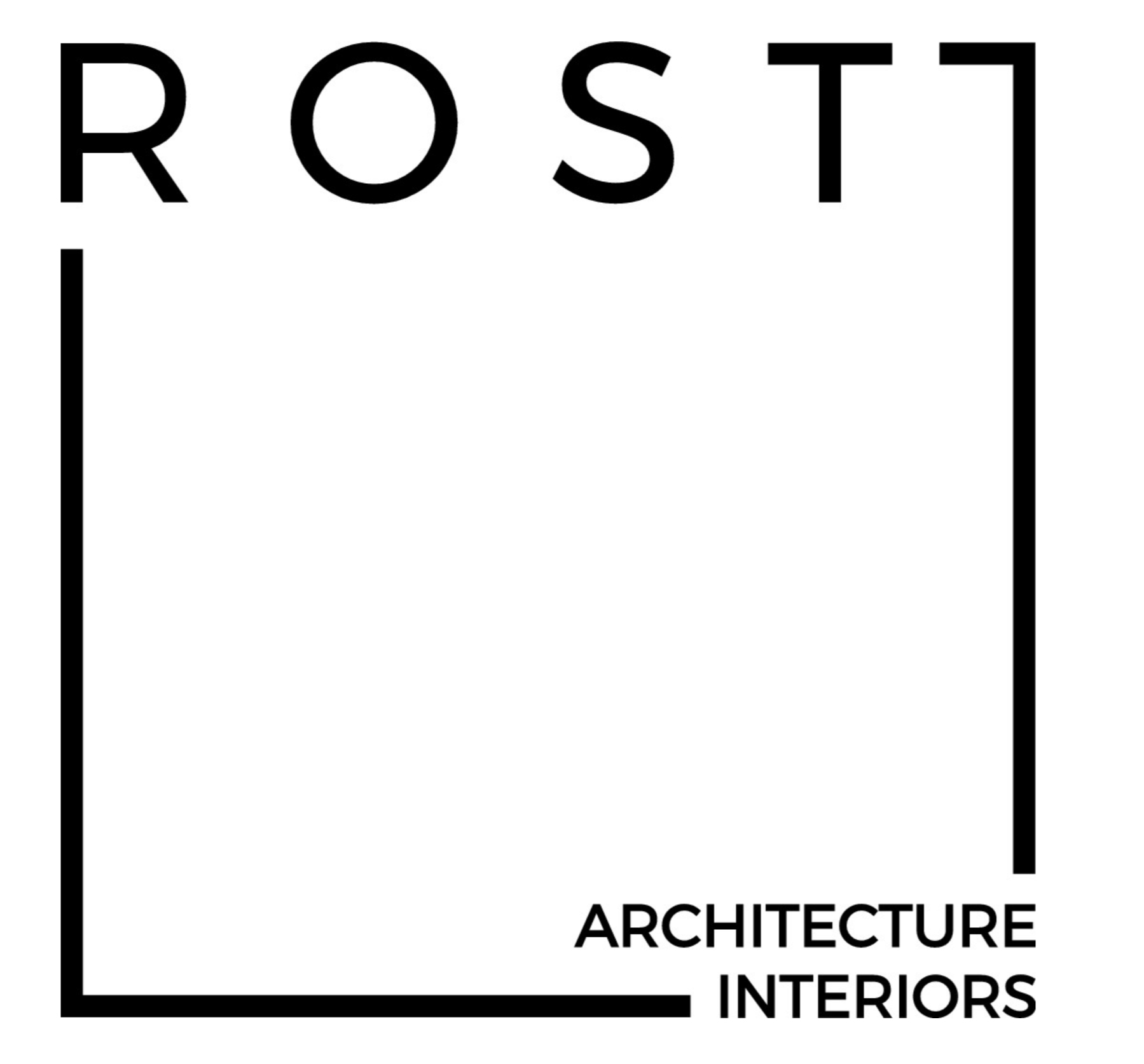













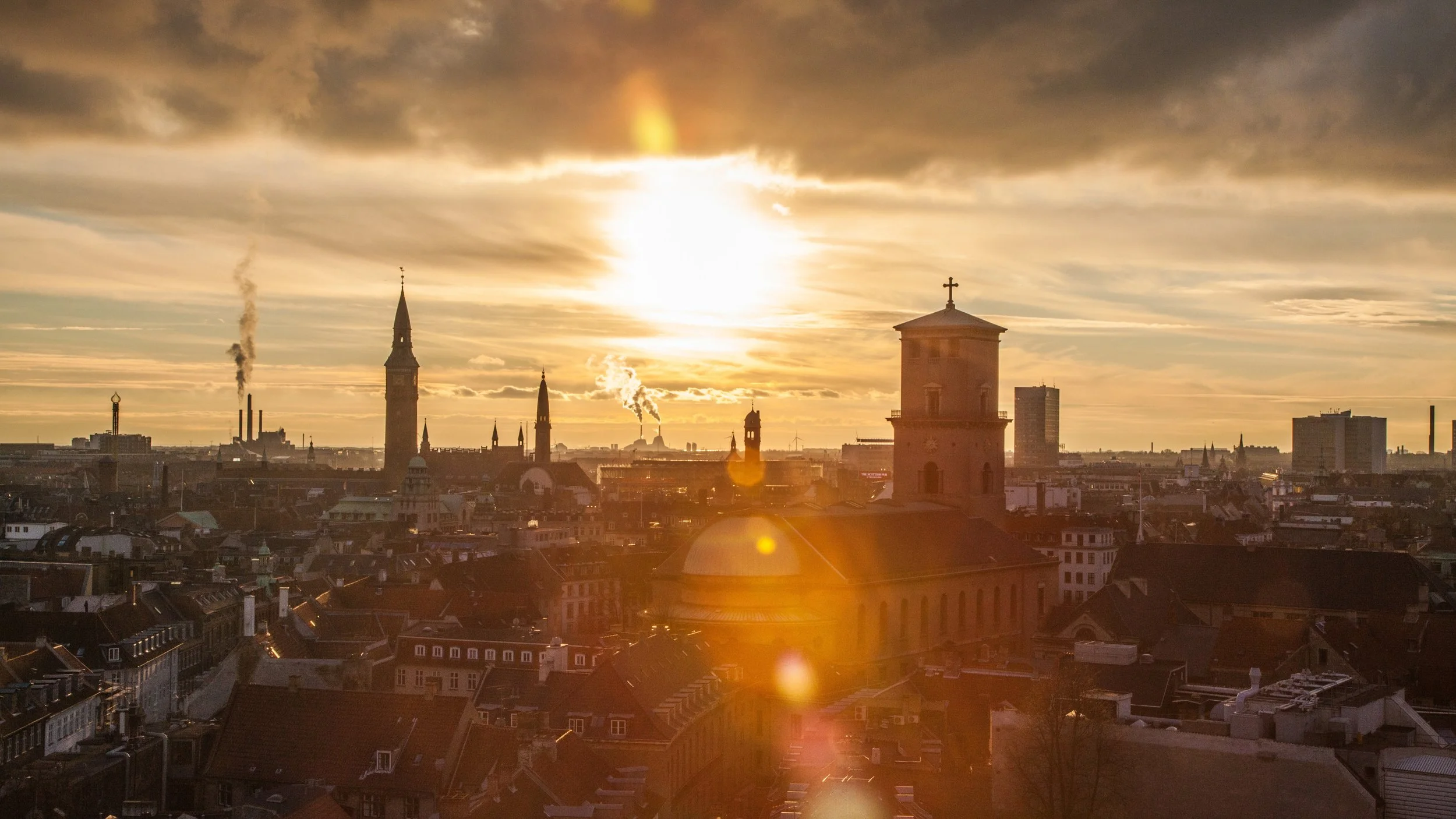



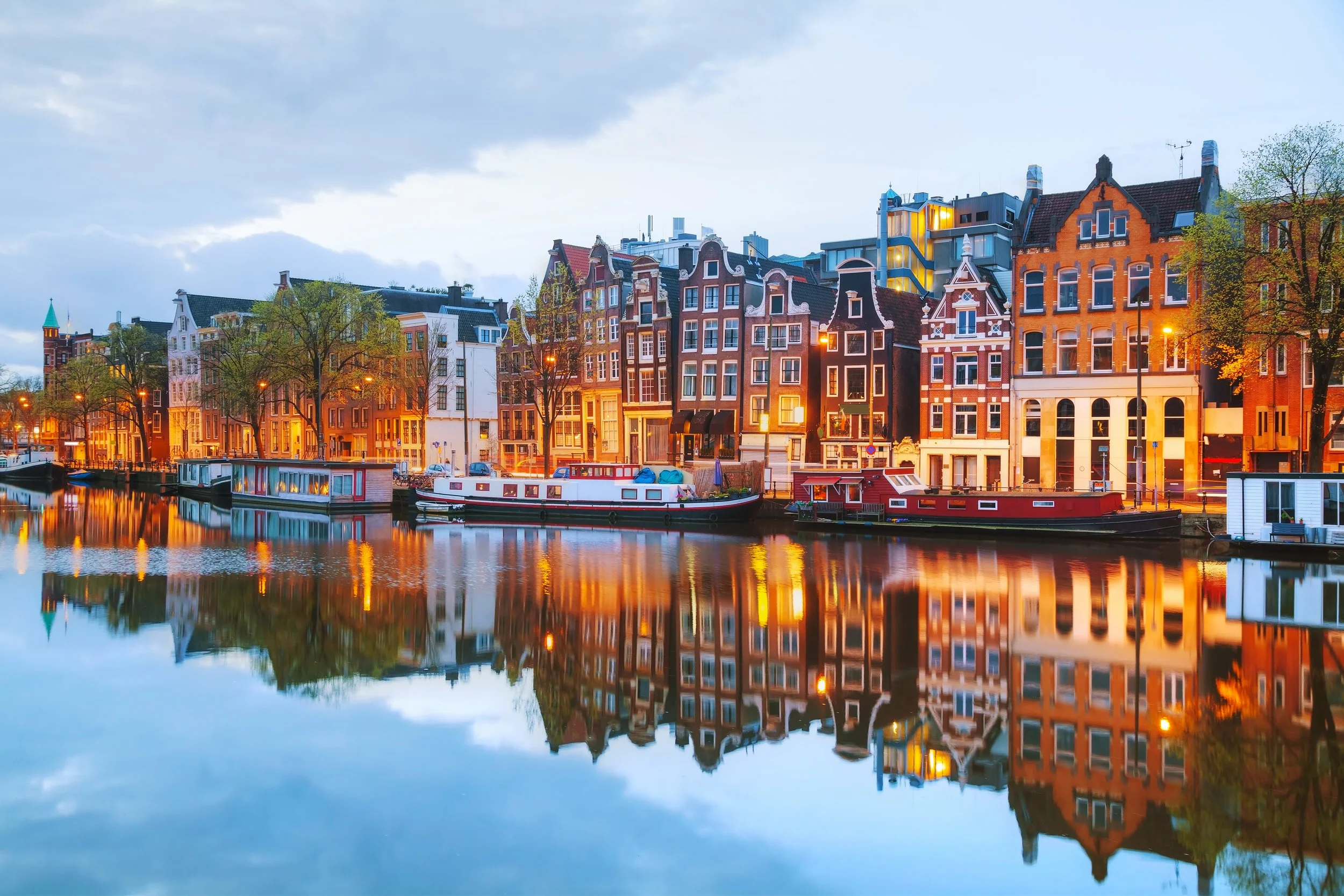
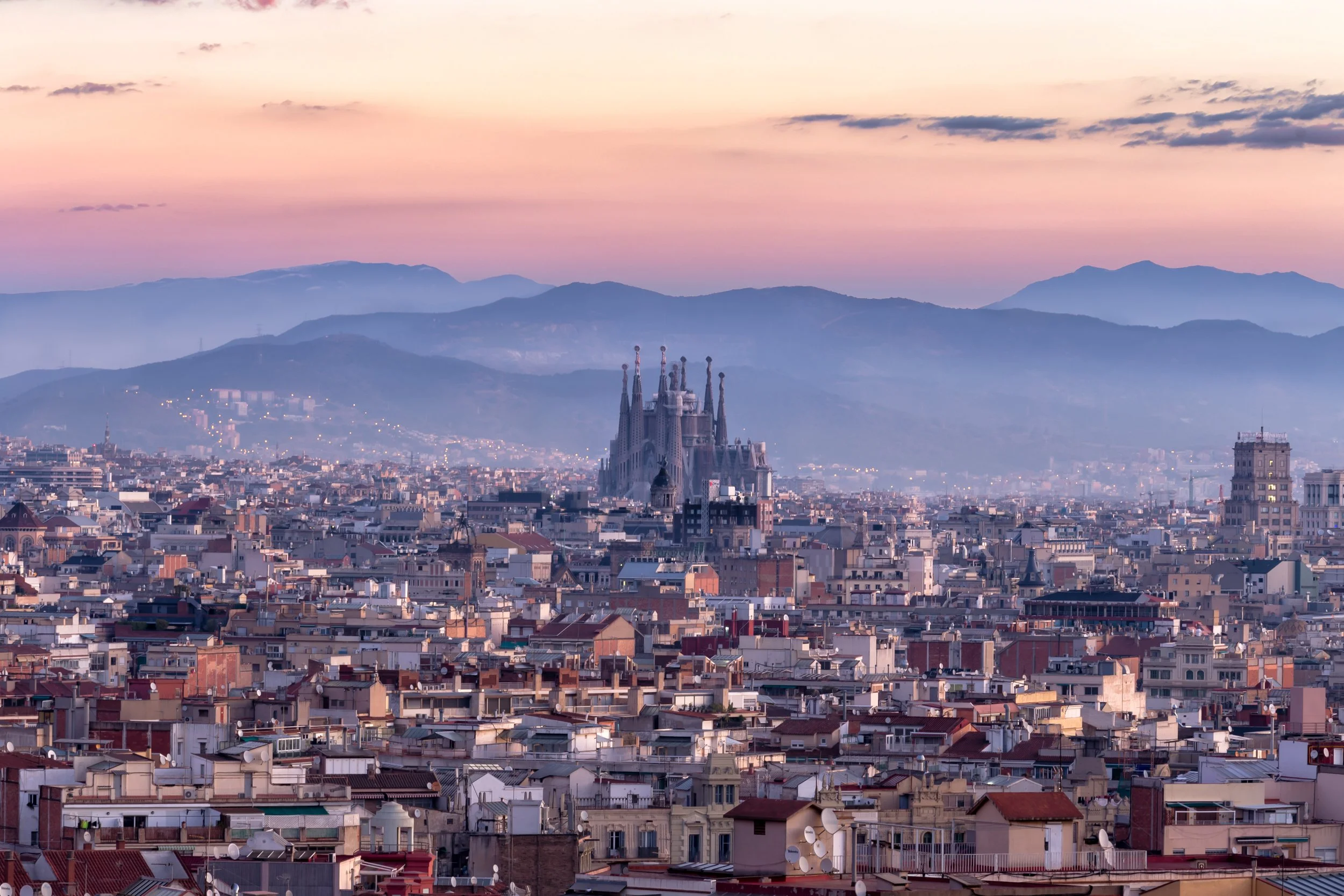
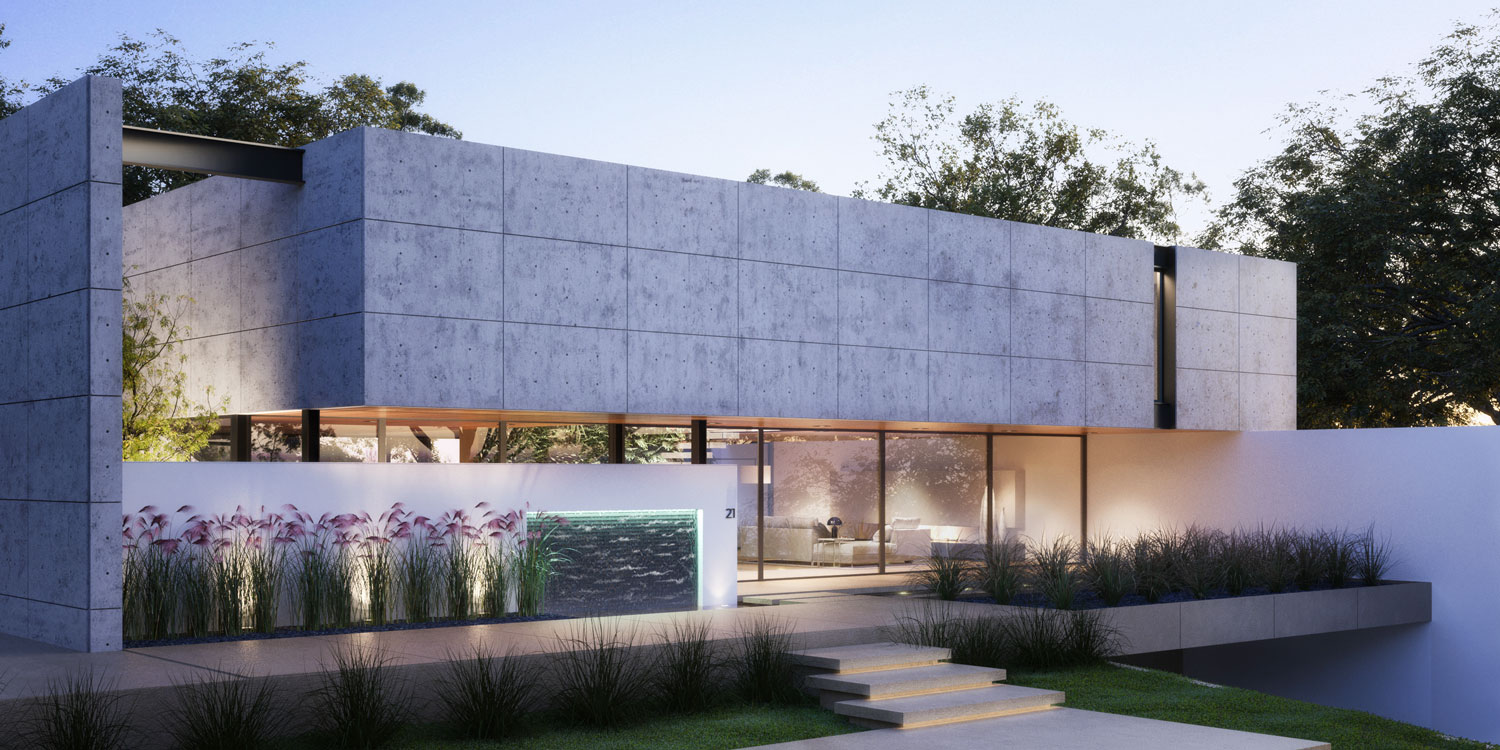

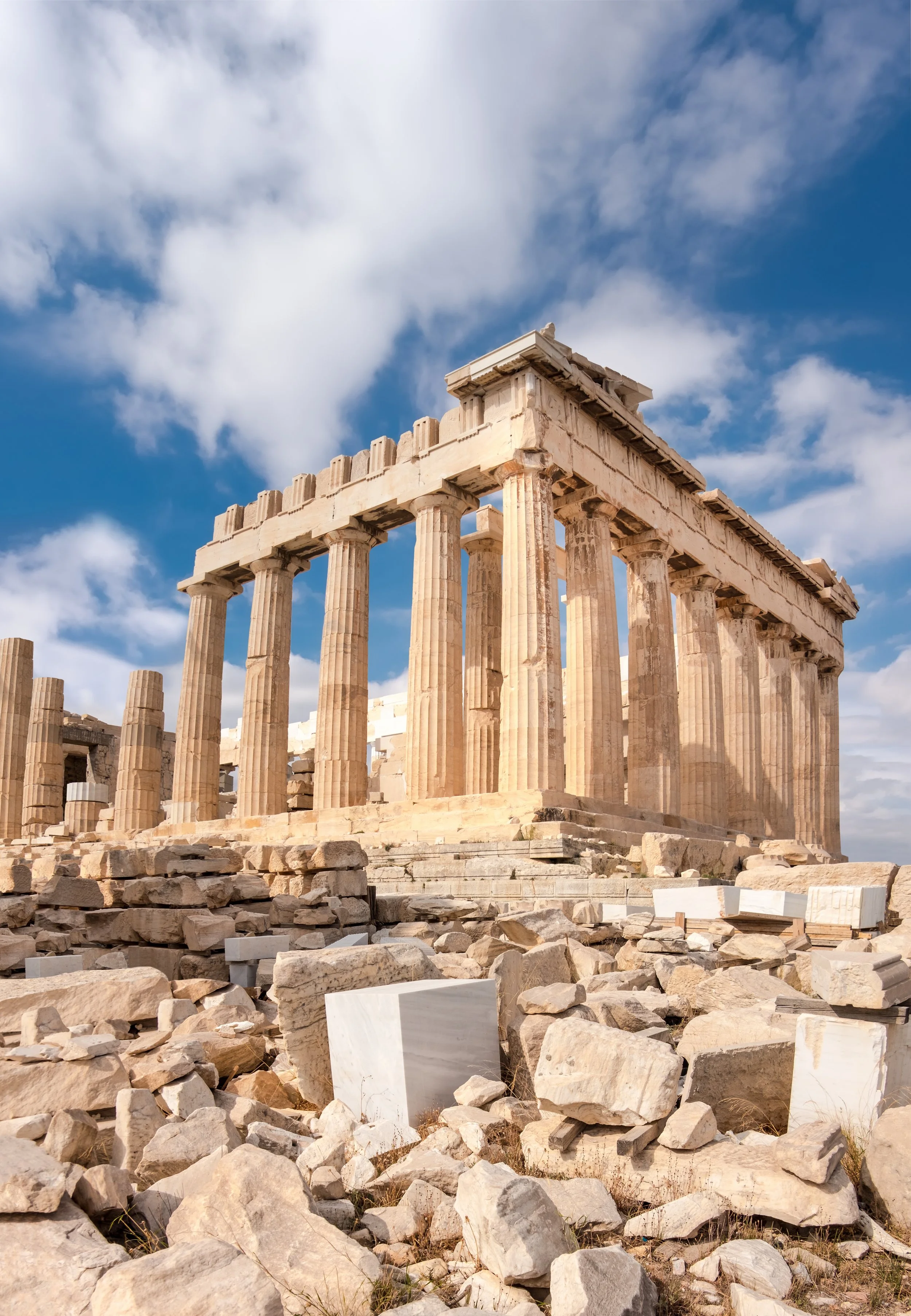





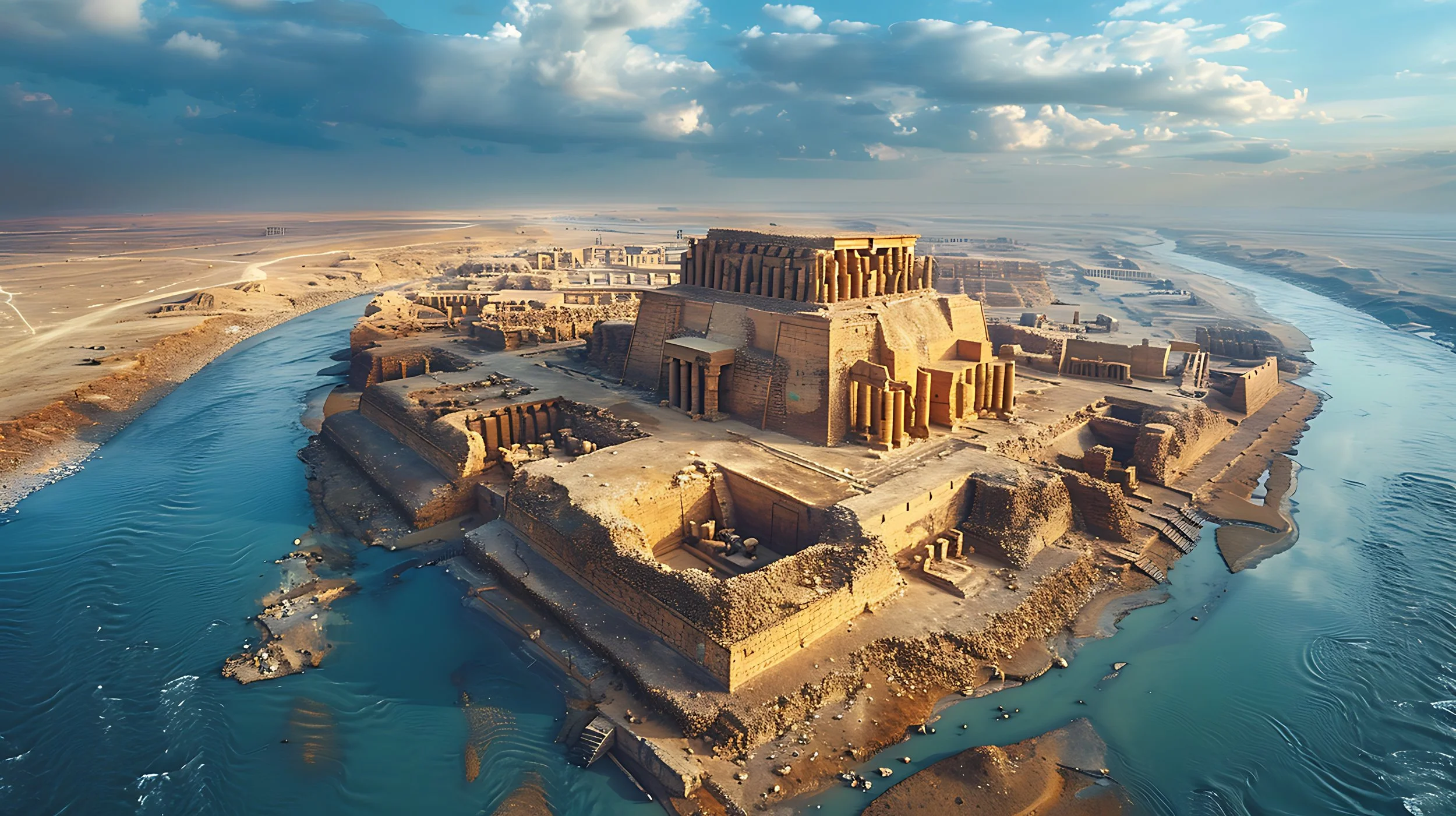








Notre Dame Cathedral had the power to embed itself into more than just the cityscape. It made its way into the hearts of the people of Paris. When the Cathedral was engulfed in flames on April 15th, 2019, we were reminded that the architecture around us impacts our lives beyond functionality. Principal and Architect of ROST Architects, Mitchell Rocheleau, discusses the history, architecture, and the architectural power of Notre Dame Cathedral.